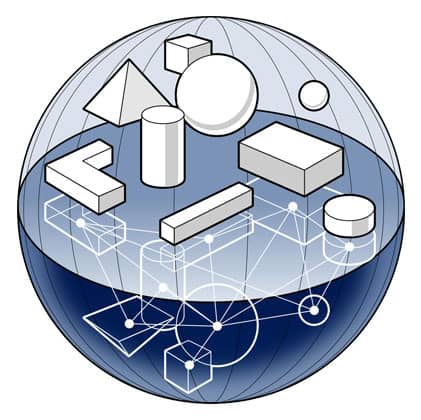Experts estimate that about 14 billion devices – including production machinery and workpieces – will be networked by 2022, thus making processes in the Industrial Internet of Things (IIoT) more efficient.
The Internet of Things (IoT) can be defined as the infrastructure that enables cyber-physical systems to be networked. It is the basis of the Industrial Internet of Things. The IoT actually is a network of smart objects communicating via the Internet. For this purpose, they exchange data in real time conveying information about their respective status such as their environment, current use, deterioration, origin or destination. The IIoT enables technical processes including their resources and business processes across different production levels and companies as well as information, communication, control and management systems to be connected with each other. Virtual and real worlds merge into one - allowing companies to benefit from improved efficiency, reduced cost, and optimized utilization of resources.
The foundations of the Internet of Things
RFID technology is the technological basis of the IoT. It enables a code to be assigned to products and devices as a unique ID. Unique identification of objects is also possible by means of a bar code or 2D code. Furthermore, objects connected to the IoT feature integrated sensors for sensing real-world conditions and actuators for performing actions. To sum it up, the following four key features define the IoT:
- Individual information stored directly in the object
- Network of Internet-connected objects
- Individual decision making based on information evaluated locally
- Individual on-demand services for event-driven, real-time process control
